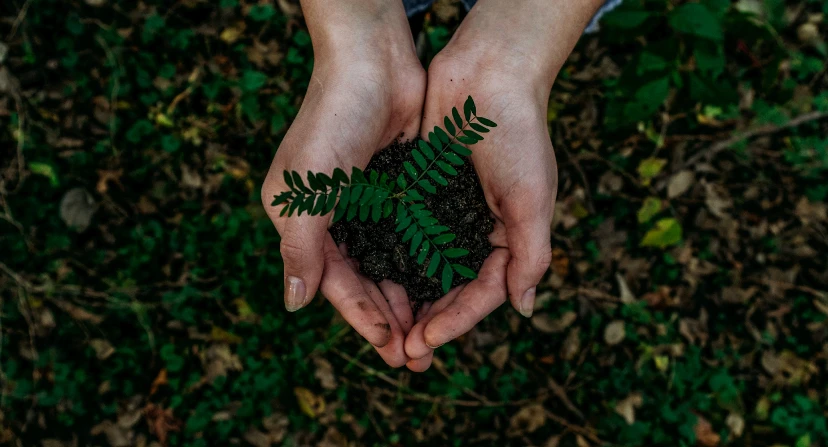
Most Asked Questions About Human Composting
By: Team Earth
Nov 24, 2022 | Human Composting 101
3 min readHuman composting, also known as natural organic reduction or soil transformation, is an environmentally-friendly alternative to burial and cremation. The carbon-neutral process uses the principles of nature to gently transform a body into nutrient-rich soil.
Interest and awareness around green funerals are growing rapidly, however human composting is still new to many. This article answers some of the most frequently asked questions about the human composting process. These cover topics such as legality, availability and environmental impact.
Human composting - most asked questions
How long does human composting take?
The human composting process takes approximately 30 to 45 days.
The exact duration of the body composting process depends on the size of the body. The larger the body, the longer the process will take, much like cremation.
How much does human composting cost?
The cost of human composting varies, ranging from just under $5,000 to just over $7,000.
Factors that influence the cost of human composting include location and choice of provider. Cost will also vary based on what is included in the package. As with all funeral services, it is important to check what is and isn’t included before comparing prices. The Earth package includes everything needed and pricing is simple and transparent.
Where is human composting legal?
Human composting is legal in Washington, Oregon, Vermont, Nevada, California, Colorado, New York, Arizona, Delaware, Maryland, Minnesota, and Maine.
All disposition methods are strictly regulated in the US. Legislation must expressly provide for natural organic reduction, which means states must actively change their laws to allow for the process.
In 2019, Washington became the first state to legalize human composting and was soon followed by others. With bills progressing across the country, more states are expected to legalize human composting in the near future.
For the legal status in every state, check our human composting legislation tracker.
Get a quote in seconds.
How much soil does human composting produce?
The human composting process produces approximately one cubic yard of soil.
This soil is healthy and rich in nutrients. There is enough soil for both a personal memorial and a meaningful contribution to conservation projects.
What happens to the soil from human composting?
Soil from human composting can be used for a variety of purposes, including memorialization and land conservation.
Healthy soil is very important for the environment. As a result, the nutrient-rich soil produced by soil transformation can be put to valuable use towards conservation efforts.
At Earth, our families choose how much soil they would like returned - to scatter or plant. The remainder is sent to our conservation sites where it is used for land restoration projects. These include reforestation, erosion control and restoring soil health.
Many families opt to use a portion of the soil to nurture flowers or to scatter somewhere meaningful. For ideas on how to use human composting soil to honor a loved one, read our soil use suggestions.
Why is human composting better for the environment?
Human composting avoids the negative environmental impacts of traditional funeral practices, and produces healthy soil which can have an actively positive environmental impact.
Cremation is a fossil fuel driven process with high carbon emissions and traditional burial is a resource-intensive process that involves the consumption of urban land at an unsustainable rate. While one pollutes the air, the other pollutes the earth.
Human composting is a natural and carbon neutral process, and Earth’s service is powered by renewable electric energy sources. As well as avoiding the negative outputs of traditional options, the process produces nutrient-rich soil that can be used in conservation projects.
Read more about the positive environmental impact of human composting.
Are human composting and natural organic reduction the same thing?
Yes, human composting is referred to by a number of names, some more common than others. The process is also known as soil transformation, terramation and recomposition. In legislation, human composting is referred to as natural organic reduction.
Explore
You can find answers to dozens more questions about human composting and how Earth operates on our FAQ page.
Other resources you may find useful include our statistics page and our simple human composting explainer.







